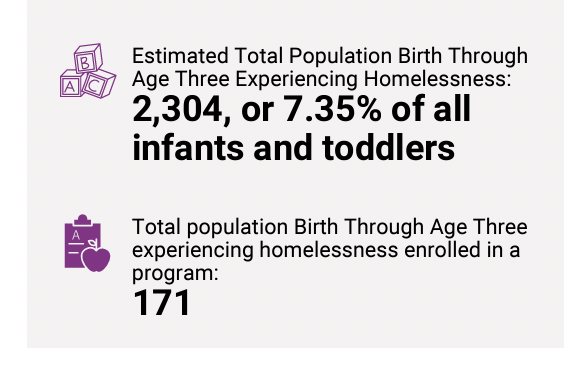Whether you are already dealing with repaying student loans or are considering going to school, paying back these loans is challenging. Fortunately, several developments have made it easier for borrowers to be able to afford to make their payments.
In the past, your student loan payments were determined strictly by how much you owed and the amount was based on a 10-year repayment schedule. That has changed in recent years due to action taken by President Obama that was designed to make paying back student loans more affordable. One of the biggest changes was to implement the Income Based Repayment (IBR) and Pay As You Earn programs.
IBR was introduced by the President in his first year of office. It had borrowers pay back their loans based on a percentage of their discretionary income after accounting for necessary expenses like housing, transportation, food, insurance, etc. When it was introduced, enrolled borrowers could pay 15 percent of discretionary income, however within the last couple of years that number has dropped to 10 percent of discretionary income. In theory this provides more leeway for borrowers to take jobs in fields that they enjoy rather than taking a job that does not apply to their degree just to make student loan payments.
To sign up for the IBR, you only need to contact the company that is servicing your loan (the loan company that your bank sold your loan to). They will tell you where to get the forms and you submit them with a copy of your most recently filed federal tax return. You can and probably should submit a recent pay stub too, especially if your income has decreased significantly in the past year. If you owe on student loans, make certain you are utilizing the income based repayment plan.
If you run into problems with paying back your student loans, there are options available to you. You can immediately apply for a forbearance or deferment. Both options allow for you to stop making payments for a period of time when you have no ability to make your scheduled payment, such as if you lose your job or can only find part-time work.
The difference between the two is that during a deferment, the interest on your subsidized loans might be paid by the U.S. government. If you get approved for forbearance, you can also stop making payments if approved, but the interest will accumulate and forbearance only lasts for 12 months. Deferment can last up to three years. Keep in mind that even if you are deep in consumer debt, it is almost impossible to discharge your student loans in a filing for personal bankruptcy.
If you file for deferment or forbearance, your loan servicer will ask for documentation to confirm your inability to pay. Without one of these plans, after not making payments for nine
months, your loan will go into default. This could bring a lawsuit or garnishment of your wages and federal tax refunds to offset the loans.
Student loans can be very frustrating. They are easy to obtain but tough to pay back. If you are struggling with them, contact your loan servicer immediately to help you navigate the maze these loans can put you through.








